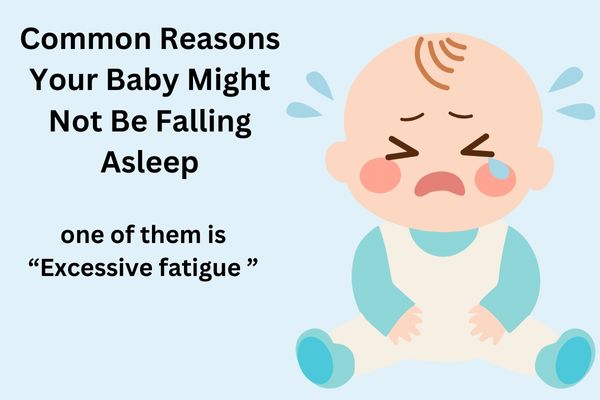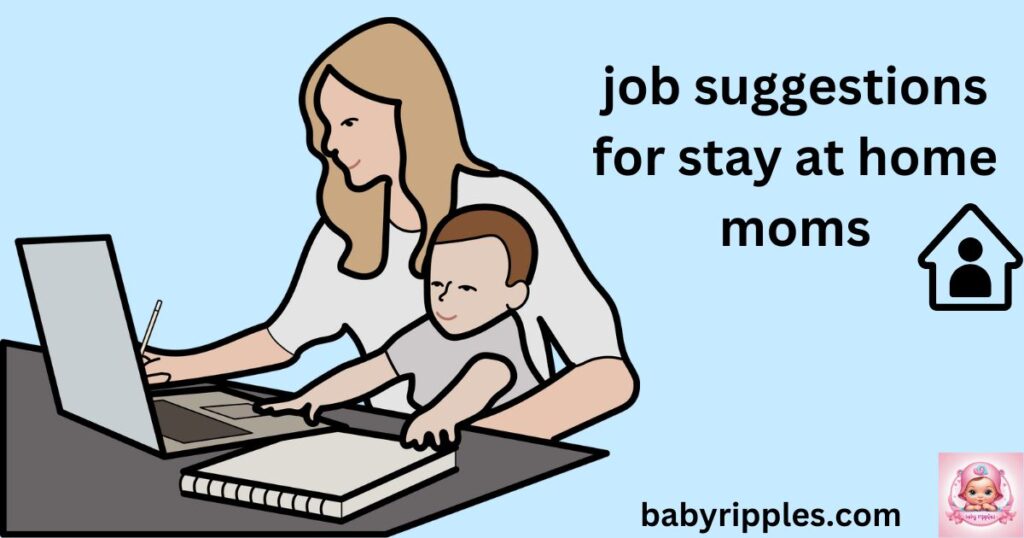For new parents in particular, getting a baby to go asleep can seem like an endless task. Some newborns appear to defy all attempts to quiet down, while others go asleep with ease. This article is for you if you’re tired and wondering how to put a baby to sleep in 40 seconds. I’ll go over practical methods, typical sleep-disturbing factors, and several useful tools that can make the process easier. I’ll also cover key tips on what to dress your baby in for sleep, as this can make a big difference in their comfort and ability to settle down. With these suggestions, you’ll be well on your way to improving bedtime and possibly increasing your own sleep!
Why Sleep Matters So Much for Babies

Babies are growing when they sleep, not just resting. Their brains grow with sleep, acquiring critical abilities like language processing and concentration. Without the 14–17 hours of sleep that most babies require each day, they may grow up to be irritable, have feeding issues, or even suffer academically. Understanding how to put a baby to sleep quickly can be really helpful because a good night’s sleep has a significant impact on their general growth and happiness.
Common Reasons Your Baby Might Not Be Falling Asleep
Understanding the possible causes of a newborn’s restlessness is useful before attempting to put them to sleep quickly. Knowing these causes enables you to modify their routine and surroundings to better meet their requirements.
1. Hunger

If a baby is hungry, they may wake up or have trouble falling asleep. To guarantee a full stomach and longer sleep, a quick meal before bed can make a big difference.
2. Uncomfortable

Babies react strongly to even minor changes. Their ability to calm down may be hampered by things like a moist diaper, too-tight clothing, or a too warm or cold atmosphere.
3. Overstimulation

Babies may find it difficult to wind down near bedtime if there are loud noises, bright lights, or excessive excitement. To aid with their relaxation, try lowering the lights and establishing a calm environment.
4. Excessive fatigue

Babies that are overtired frequently have trouble falling asleep, unlike adults. You can avoid overtiredness and find the “sweet spot” when they’re ready to go asleep by establishing a consistent bedtime routine.
How to Put a Baby to Sleep in 40 Seconds: Proven Techniques

Here are some particular ways to help your baby sleep more quickly after you’ve created the ideal setting. These are also some of the best methods for putting a child to sleep in 40 seconds!
1. The Trick of Tissue Paper
A baby can be put to sleep more quickly with just a simple tissue! Using a tissue, gently rub their forehead and then slowly move it down over their eyes. If you gently repeat this, you’ll discover that the repeating motion frequently helps them go asleep.
2. White Noise Magic
White noise is soothing to babies because it mimics the sounds they heard while still in the womb. A soothing atmosphere can be produced via white noise devices or smartphone apps that provide a soft hum that drowns out other noises.
Pro Tip: A hair dryer or vacuum recording can also be used as white noise in an emergency.
3. Swing and Swaddle
The sensation of being safe and held close is simulated by swaddling. Put your infant in a swaddling blanket and rock them softly while holding them near your chest. The ideal mix for quickly putting an infant to sleep is frequently created by the warmth, soft motion, and intimacy.
4. Running Water Sounds
Water sounds, such as rain or a stream, are inherently calming. However, you don’t need to put them close to a faucet! Water sound recordings are available for soft playback. This can help your infant relax in an unexpected way.
5. Light Forehead Movements
Your infant can feel more at ease if you give them slow, light strokes on their back or forehead. Often, just this touch is enough to make them feel sleepy. But don’t make this a habit, or they may begin to require it constantly.
6. Calming Scents
Many infant creams contain lavender because it’s a well-known relaxing aroma. Your baby will feel more at ease and drowsy if you give them a gentle massage with a lavender-scented baby lotion before bed.
7. Create a Cozy, Quiet Space
A comfortable, sleep-friendly environment has a significant impact. Make sure their bed is flat, sturdy, and clear of extraneous objects. at prevent overheating, set the room temperature at a suitable level, ideally between 68 and 72°F.
Sleep Products That Can Help Your Baby Settle

These tools are designed to help with how to make baby go to sleep fast by creating a soothing atmosphere:
White Noise Machines: Portable gadgets that create steady background noise to block out unexpected disruptions.
Swaddle blankets: Babies stay warm without getting too hot thanks to these lightweight blankets.
Lavender Baby Lotion: Helps baby unwind by adding a calming aroma to a mild bedtime routine.
By adding these tools to your arsenal, you can help your child go asleep and stay asleep by establishing a soothing bedtime routine.
conclusion
In conclusion, it takes patience, practice, and a little bit of imagination to figure out how to put a baby to sleep in 40 seconds. By following these easy steps, investing in a few helpful items, and considering factors like whether newborn daytime naps should be in the dark, you can create a nighttime ritual that promotes better sleep for your baby and provides you with much-needed rest. Have a good night’s sleep! 😊
Frequently Asked Questions about how to put a baby to sleep in 40 seconds
1. How to put a baby to sleep in 40 seconds?
Start with a gentle stroke on their forehead or use white noise. Swaddling and softly rocking can also help your baby feel relaxed enough to sleep quickly.
2. Why won’t my baby sleep even when they’re tired?
Often, overstimulation, hunger, or discomfort can prevent sleep. Make sure your baby is comfortable, and try a calming technique to help them unwind.
3. What if my baby only falls asleep while being held?
This is common. You can gradually ease them into sleeping in their bed by placing them down once they’re drowsy instead of fully asleep.





